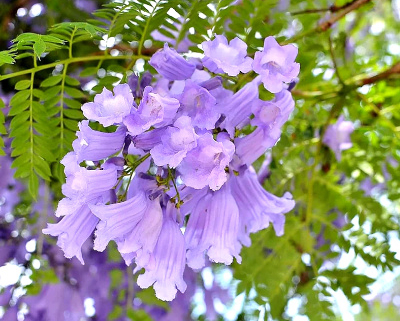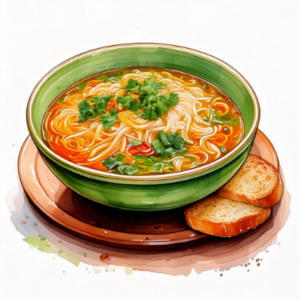Waterwise wicking
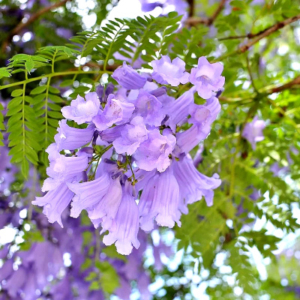 Rather than risking overwatering our indoor plants and having water spill out of their saucers, we water them from below, filling the saucer and letting the soil absorb the water. If the plant is really dry, this needs to be repeated several times until an equilibrium is reached, with some water remaining in the saucer to be slowly taken up over the ensuing days. This same principle underpins wicking beds, an ingenious gardening system that delivers water directly to plant roots while conserving water and promoting healthy growth. It’s ideal for vegetables and flowers alike.
Rather than risking overwatering our indoor plants and having water spill out of their saucers, we water them from below, filling the saucer and letting the soil absorb the water. If the plant is really dry, this needs to be repeated several times until an equilibrium is reached, with some water remaining in the saucer to be slowly taken up over the ensuing days. This same principle underpins wicking beds, an ingenious gardening system that delivers water directly to plant roots while conserving water and promoting healthy growth. It’s ideal for vegetables and flowers alike.
The idea of watering from below is not new. Ancient civilisations harnessed sub-surface moisture to irrigate crops long before modern engineering formalised the concept. In ancient Egypt, farmers cultivated crops on the Nile floodplains, where the water table remained near the surface, allowing roots to access moisture through capillary rise.
The modern wicking bed is largely an Australian innovation by engineer and sustainability educator Colin Austin in the late 1990s. Facing water scarcity and soil degradation in Queensland, Colin developed a system combining a sealed water reservoir with a coarse aggregate layer covered by a geotextile barrier and growing soil above. His design stored water below the soil, drawing it upward as needed, drastically reducing watering frequency while improving plant health.
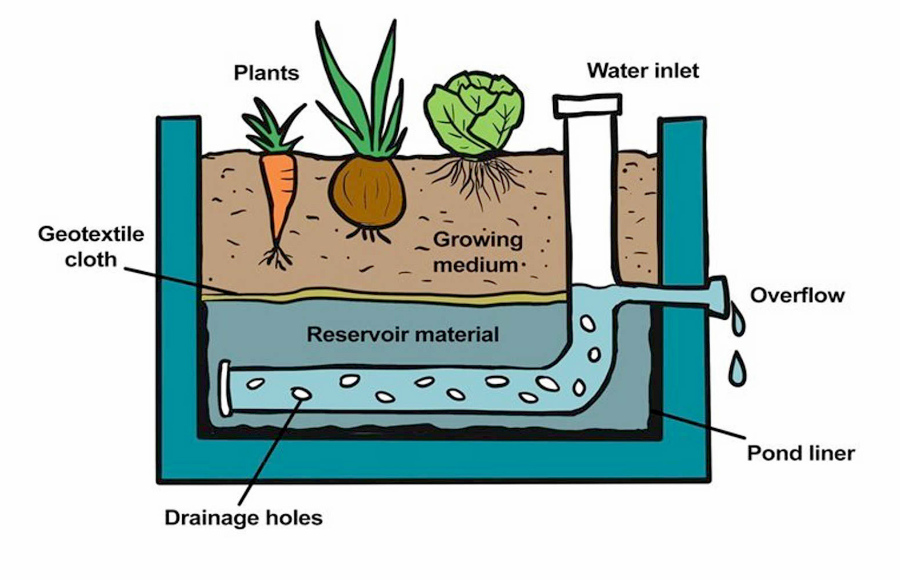
Diagram borrowed from the Sydney Botanic Gardens website (on building a wicking bed).
Building an effective wicking bed requires attention to a few key principles. The bottom layer forms the water reservoir and almost any watertight container can work – bathtubs, laundry tubs, IBC containers, large plastic bins or even wine barrels. The reservoir is typically filled with gravel, above which sits a geotextile barrier to stop soil from filtering down while allowing moisture to wick upward. A critical design consideration is the ratio of reservoir depth to soil depth, usually 1:2. For instance, a 200 mm reservoir should be covered with around 400 mm of soil. Other essential features include an inlet pipe to refill the reservoir, an overflow outlet to prevent waterlogging and a drainage outlet to empty if required. There are also excellent Australian-made prefabricated options available, such as Foodcube, Wickwell, WaterUps and ModBOX.
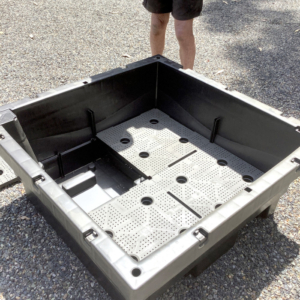
Foodcube is a commercially available wicking bed – an option for building a wicking bed yourself. Consult at the Foodcube website for more information.
It’s worth noting that wicking beds differ from hydroponic systems. Hydroponics bypass soil entirely, suspending roots in nutrient solutions that require close monitoring of oxygenation, pH and nutrient levels. Wicking beds, in contrast, retain soil as the medium, using the reservoir to supply the water (and sometimes fertiliser) through capillary action. They combine the best of both worlds: the biological richness of soil with the efficiency of sub-surface watering, essentially a self-watering flowerpot on a larger scale.
Meanwhile, our towns gardens are alive with spring colour in every shade and shape. November also brings one of our favourite colour combinations in the canopy as Brachychiton acerifolius (Illawarra flame tree) – red, Jacaranda mimosifolia (jacaranda) – purple, and Grevillea robusta (silky oak) – golden-yellow all begin their spectacular flowering shows. If you’re lucky, you may see all three together, though even two side by side is a treat.
November remains one of the best months for planting a wide variety of vegetables such as beans, capsicum and chillies, corn, cucumber, eggplant, melon, pumpkin, tomato and zucchini. Continue planting and tending beetroot, carrot, lettuce, onions, potatoes and silver beet.
If you have any comments, gardening questions, plant or pest identification problems, please send them to gardening@thetriangle.org.au and I’ll get back to you personally.
Happy growing.
Mark Evans
Photos (top): Jacaranda flower
